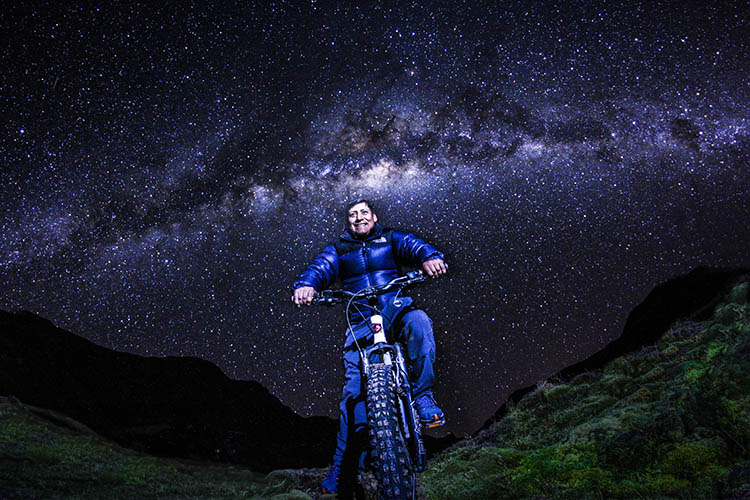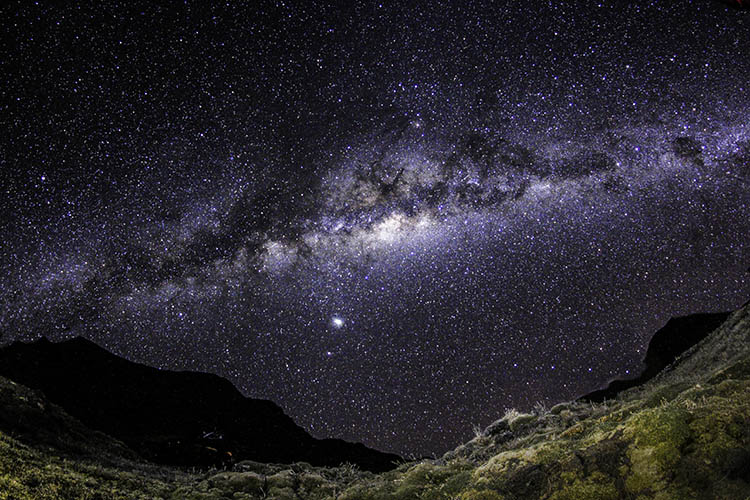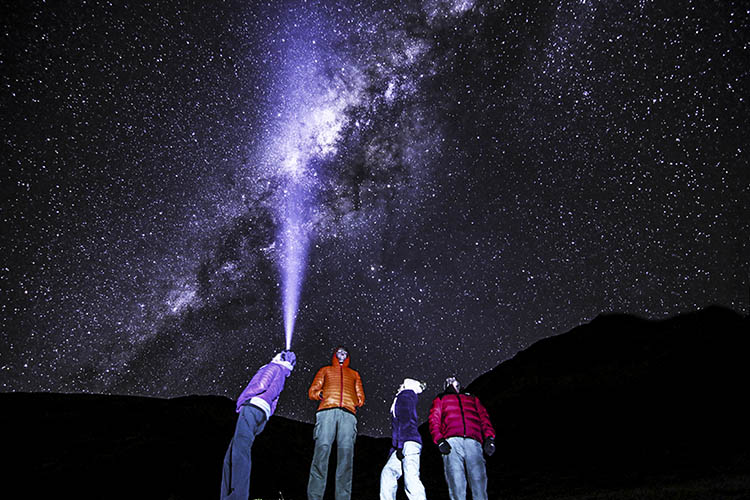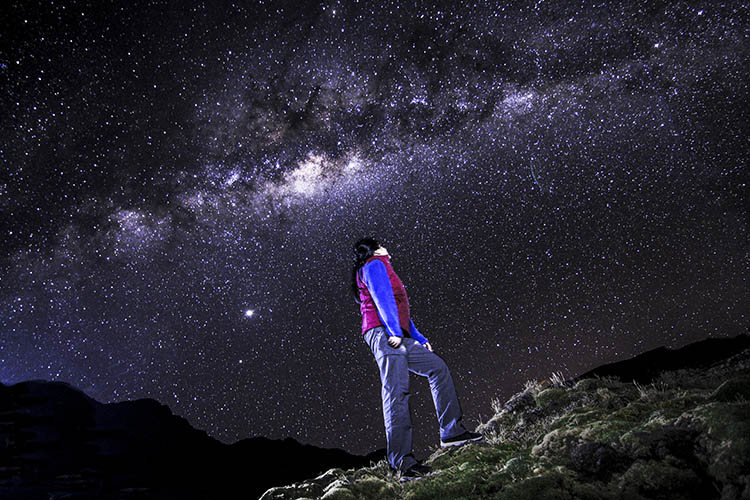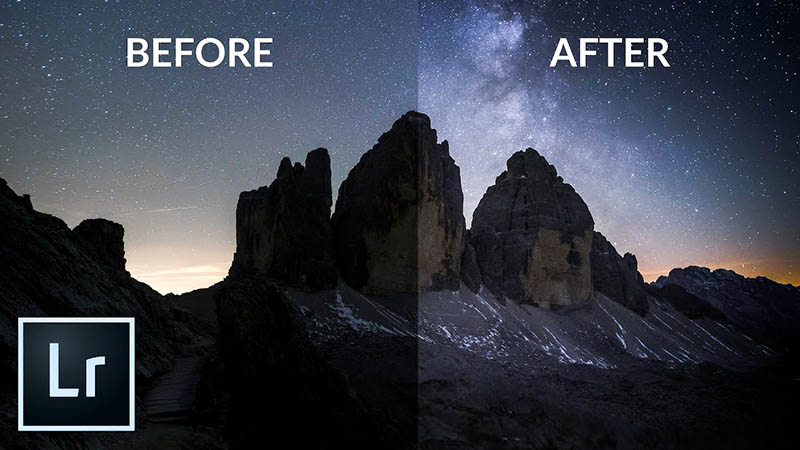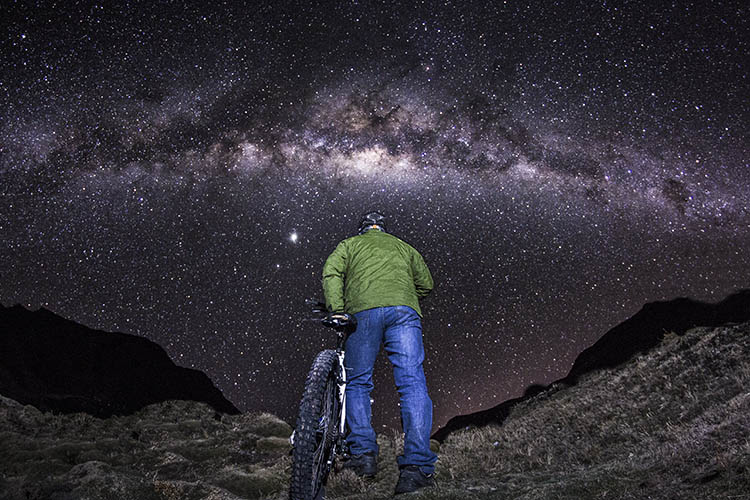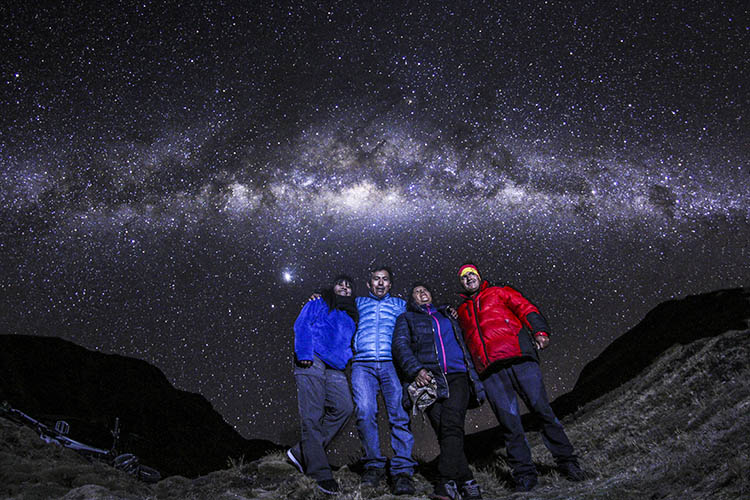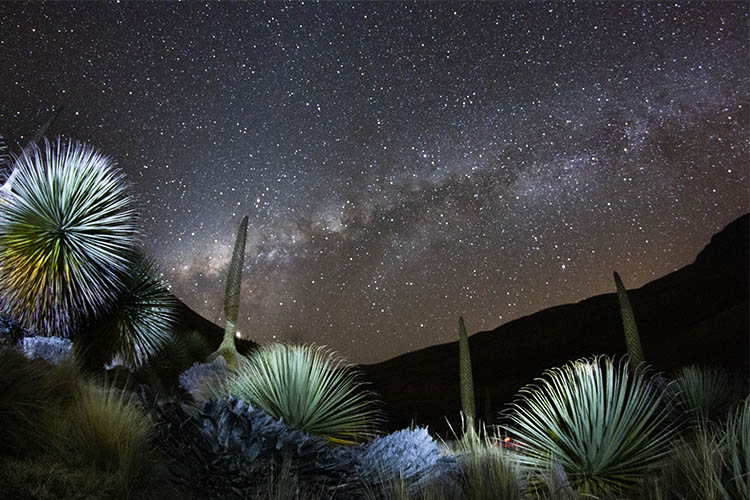If you’re passionate about Astrophotography and are starting out in photography -or already a pro- then this blog is for you.
Peru is an excellent place for stargazing and astrophotography in South America, its mountains have the perfect conditions during the summer to observe and photograph the amazingly clear skies, the Milky Way, and the unique constellations that can only be seen from the Southern Hemisphere.
Peru’s Astrophotography Tips.
Are you wondering what camera gear you should bring to stargaze in Peru? Traveling abroad always implies limiting the luggage weight, and camera equipment is not precisely light. So, we are going to give you an idea of what to pack when coming to do astrophotography in Peru.
What equipment should you bring to do astrophotography in Peru?
There are lots of different camera equipment you can bring, however, we recommend coming as light as you can because the best spots to stargaze in Peru are often up high in the mountains, and you may need horses to carry them. The following list will help you decide what to include in your camera luggage.
- DSLR cameras:
There are plenty of cameras on the market today, but what is more relevant is that your camera can be manually set, has a shutter speed that goes at least 30 secs long, and ISO comfortably above 1600. - Lens:
Bring only one lens, or two, tops. But it will depend on the type of photo you want to do. If you want to photograph the open sky, use a wide-angle lens (at least 24mm width). If you are looking for a closeup, then a telescope lens is what you need. Independently of what shot you want, your diaphragm aperture size must open to F2.8. - Camera Tripod:
A tripod should be rigid and sturdy to provide a stable platform for your camera during long exposures. - Remote Release:
One of the first accessories you will want when you start out in astrophotography is a remote release. This is a wireless release to open the shutter on your camera without touching it and possibly causing vibrations or movement that will blur your images.
Astrophotography settings
Depending on your camera the controls may be different, but the basic settings will be the same:
- Program Mode: set to Manual.
- Auto-focus: turn off, or set to Manual.
- White Balance: set to daylight or use a custom white balance.
- ISO: generally should be set to at least 1600 for long-exposure deep-sky astrophotos.
- Shutter Speed: set to the exposure you want, but for stars with a wide angle, around 30sec.
- Self Timer: if you don’t have a remote release, you can use the camera’s self-timer to trip the shutter so you don’t have to touch the camera, which will help reduce vibrations and possible star trailing.
What to wear while doing astrophotography in Peru?
The best places for astrophotography in Peru are usually located up in the mountains, therefore you will experience low temperatures, especially during nighttime. To keep you warm, not to worry about the weather, and focus on taking pictures it is advisable to dress using a layering system, and also wear warm hats, gloves, and a scarf. Not only will it keep you warm, but it will protect you from the wind.
A feather winter jacket is a winner if you have it, because as it’s a low-energy activity, and performed during the coldest part of the day, extra warmth is needed.
It will really depend where you go, but places like Ausangate which is a great place for astrophotography, expect below freezing conditions. Though our Machu Picchu Astrophotography Tour has considerable warmer nights.
Check the weather condition before traveling to Peru for astrophotography.
Peru has two seasons: rain and dry. During the rainy season, the sky is cloudy -that goes from November until March- and it is difficult to see the stars. But, in the dry season -going from April to October approximately- you will find the perfect conditions for astrophotography: clear and dark skies.
How to edit Astrophotography?
Maximiliano Taylor, a professional photographer living in Cusco and a team member of our marketing agency, says “Firstly, you need a computer with minimum specifications to run a photo editing software smoothly, and secondly I recommend using some basic editing to end up with stunning astrophotography. Camera Raw or Lightroom from Adobe are my favorite programs to process images, these apps link with Photoshop for more advanced editing if you need it, and they are included in the “Adobe Creative Cloud” license.
What are the minimum technical specifications your computer needs to edit astrophotography?
According to Photoshop’s system requirements these are the minimum and recommended characteristics your computer should have:
- Processor: with 64-bit support 2GHz or faster processor with SSE 4.2 or later.
- RAM: 8 GB.
- Graphics cards: GPU with Metal support / 2 GB of GPU memory.
- Hard disk space: 4 GB of available hard-disk space; additional space is required for installation.
What are the best tools to edit Astrophotography in Adobe Camera Raw or Lightroom?
It is a good idea to start editing in a camera developing program such as Camera Raw or Lightroom before heading over to more advanced editing techniques in Photoshop. And the truth is that many world class astrophotography photographers use mainly these tools, and seldomly use Photoshop.
Color mixer palette:
Balancing the color is one of the first things to consider when editing astrophotography. You will find your raw photos have different colors than in reality, so adjust the hue, saturation and luminance to balance it out and find a look that you like.
Curves:
This option allows you to control the exposure of your raw photo. It helps you to manually set the highlights, middles and shadows in the image to obtain great astrophotography.
Best places for astrophotography in Peru.
“There are many places to visit in Peru to get an excellent view and observe the night sky to the fullest, but definitely The Andes region is the best to stargaze in Peru. Its dark, pure, clean, and pollution-free skies are the ideal scenario for astrophotographers. From the Southern Hemisphere you will observe constellations that can only be seen from this side of the world”, says Domingo Atao, Kallpa Travel’s CEO and passionate astrophotographer. He also mentioned his favorite spots for astrophotography in Peru, here we summarize it for you.
Cusco Region:
Cusco is the region with the most amounts of options for astrophotography. But the most accessible ones are:
- Intipunku (or sun gate)
- Highlands native communities with a homestay.
- Ausangate.
- Quelccaya.
Puno
Lake Titicaca’s clear skies and the Altiplano’s serenity make this region a perfect place for astronomical observations and photography.
Huaraz
Huaraz is home to the Cordillera Blanca, where the highest peaks of Peru are located. In Huascaran (6768 masl) or Yerupajá (6635 masl), you will encounter millions of stars above you.
Ancient Inca Astronomy
The Incas had great faith in the sky, the Sun and the Moon were major Inca deities laid. The fact that they worshiped the stars and they built the Imperial City of Cusco based on its astral configurations, proved their belief that everything around them was somehow connected to the cosmos.
Inca’s architecture and agriculture based on astronomy.
Inca temples and building were constructed in such a way that the sun and moon would shine through their apertures on the summer and winter solstice.
For the Inca civilization, astronomy was extremely important, and it was also used for agricultural purposes. Cusco for example simulates the sky and points towards astronomical events on the horizon. The Incas built pillars on mountains overlooking Cusco, so when the sun rose or set between these pillars, they knew the specific altitude where they had to seed their crops.
Inca Constellations
The Incas observed two types of constellations: those made of connected points of starlight, similar to those observed by Western astronomers, and those formed by darker patches that you can see in the Milky Way. They thought the dark blotches were living animals on the sacred river in the sky, a mirror of the Vilcanota River, running through the Sacred Valley. The most important, and easiest to spot, is Urcuchillay, the Llama.
Experience Astrophotography in Peru.
If you are interested in Astrophotography in Peru, with Kallpa Travel you will visit the best places to stargaze and photograph the sky and its constellations. In our private tours, you just need to bring your camera gear and our expert guides will drive you to the most remarkable places for astrophotography. Take a look at our top astrophotography tour:
2 Days: Astrophotography Tour in Ausangate
3 Days: Astrophotography Tour in Cusco & Machu Picchu

